Author Archives: David V. Williamson
Tire valve stems are valves that are located in the wheels of a vehicle. When tires become flat, it is these valve stems that are inflated. They contain a valve core that seals itself immediately air is pumped into the tires.
No products found.
Sometimes, these tire valve stems get old, and when they do, they begin to condone leaks and cause you problems while driving. When a tire valve stem develops a fault, it causes your tire to release air, leaving you with flat tires all the time.
Most tires do not build air leaks immediately, and the leak is gradual till they no longer hold any air again. We shall be looking at how to replace the tire valve stem in this article.
What Can Go Wrong?
Tire valve stems are like any other part of a vehicle; once they begin to age, they are likely to develop cracks, which will cause leaks. These leaks, in turn, will cause tire problems, which affect the driving experience.
Sometimes, these leaks are not spontaneous. They start as slow leaks, and then, the holes become faster as time progresses.
Other factors that can cause the malfunctioning of a valve stem are UV rays, heat, and improper wheel replacement. The cracks and may damage the tire pressure system. Also, tires rubbing against dangerous roads can damage the tire valve stems.
When to Replace Valve Stems?
- What you must know is changing tires does not necessarily mean you don’t have to replace the valve stems too. It’s vital that you change the valve arises as well, primarily if it is long overdue for a replacement. They are inexpensive, so it’s pretty much easy to replace.
- Another way to know if your valve stem is up for a replacement is by checking for cracks. Once you see cracks around the stem, then it’s time to replace it.

Are All Valve Stems the Same?
Practically, all valve stems are not the same. Stems come in different lengths and sizes to fit different tire valves. Aside from valve stems coming in various lengths, there are rubber stems and metal stems. Most metal stems are aluminum and are usually used more than the rubber stems.
Reason being that they appear fancier with rims than rubber tires. However, that does not mean that metal stems are better than rubber stems. The most important to remember is the stem must be compatible be in perfect match with the valve. The incompatibility will lead to valve failure.
Also, rims with Tire Pressure Monitoring System have or use a different stem than a rim without a Tire Pressure Monitoring System. So, it's critical to determine if your rim has TPMS or not if you will be performing a DIY valve stem replacement.
What About Nitrogen and Nitrofill?
Nitrogen caps or Nitro caps are metal valve caps that are used for sealing valve stems. They are usually denoted with N2 at the top. If you use Nitrogen or Nitrofill to top up tire pressure, you must ensure that you don’t use regular air to top up tire pressure. In that case, you need to buy a nitrogen valve cap that will hold the nitro fill in its place.
One advantage of using a nitro fill is that they last longer than regular air. However, they are more expensive than regular air.
Materials Needed
These are materials that are needed to carry out a tire valve stem replacement.
- Jack.
- Valve stem removal tool.
- Air compressor with a hose.
- Needle nose pliers.
- Lug nut wrench.
- Jack stands.
- Tire iron.

Step by Step Process of Replacing Tire Valve Stem
The quickest way to replace a faulty valve stem is by taking it to a tire or auto mechanic shop and have it changed. However, in areas or instances where the possibility is zero, what can you do? The following steps will discuss in detail how to replace a valve stem.
- Loosen the lug nuts on the wheel. This will expose the tire valve stem.
- Set the vehicle on the parking brake. Use a jack stand and secure the car on it by raising the car on it.
- Now that the vehicle is raised to remove the tire. Set it flat on the ground with the wheel facing upwards.
- Remove the black cap from the valve stem. Use the valve stem removal tool to remove the valve core. Once it's done, the tire will deflate.
- Separate the tire’s head from the wheel by using a sledgehammer to break the tire from the wheel. Use the sledgehammer to hit the sidewall of the tire till the wheel is loosened. The tire will be slightly separated on one side. Continue to use the sledgehammer to break until the motor is completely broken and separated from the tire.
- The next step is to lift the wheel off the lip of the tire. Insert the tire iron between the lip and the edge of the rim. Work the tire iron around the rim and pry forward at the same time until the lip is separated from the side.
- Now that the rim has been removed from the tire using the nose pliers to pull the valve stem away from the wheel.
- Install the new valve stem inside of the wheel with your nose pliers.
- Reinstall the wheel into place in the tire by pressing it down. The tire should be on the ground, facing upwards. Then, tuck your tire iron and pry wheel around the lip of the tire till its wholly installed.
- Once it’s done, inflate the tire into the air compressor.
Watch a Video on How to Replace a Leaky Tire Valve Stem Without Removing Tire Easy Way
Tips on How to Replace Tire Valve Stem
- Make sure you use to apply the right tool appropriately.
- Ensure all materials needed to carry out a replacement valve stem is provided. Substituting a tool may be dangerous.
- Check hole specifications to ensure that you are using the right replacement valve stem.
Safety Instructions
- Wear safety glasses when you try to pull out the valve core. Dirt and debris could hit you in the eye.
- Use a valve stem cap to keep out the dirt around the valve core.
- Always use the right replacement valve stem for your tires. Failure to do so means endangering the tire valve and your safety.
- Clean the interior threads of the old core with the end of the valve stem removal tool if you detect any sign of corrosion around the threads.
- Once the valve stem has been replaced, and the tire has been inflated, check to ensure that there are no air leaks around.
How to Replace Tire Valve Stem FAQs
What is the recommended tire pressure?
The recommended tire pressure is between 32-35 pounds per square inch.
What is a Tire Pressure Monitoring System?
A Tire Pressure Monitoring System is an electronic system that monitors the air pressure inside the tires of vehicles. It lets you know if you have an under-inflated tire to avoid any road hazard or accidents, thereby improving safety.
Can a premature wear result in tire leaks?
Yes. It can.
Which valve stem is better, a snap-in rubber, or an aluminum valve stem?
There is no better valve stem. Most people agree to use aluminum because they look fancy. Using a valve stem is dependent on the type rim and the valve. For example, most aluminum valve stems agree to nickel-plated stems.
Can you adjust the length of a valve stem?
Yes. You can adjust the length of a valve stem if you are unwilling to change the stem. There are valve stem extenders that allow you to increase the length of any stem. You need to be careful because these extenders might not seal properly and may cause air leaks.
Final words and recommendations
Replacing a valve stem is pretty much easy if you have the right materials, tools, and knowledge. Valve stems are as important as any part of the vehicle and so, must be handled with care to ensure that they last long.
A valve stem in excellent condition will not make your driving experience worthwhile but increase your safety. That is why you need to pay close attention to it whenever you detect leaks emanating from your tire. We hope this article on how to replace the tire valve stem has been helpful and able to provide you with the tips you need to know about this topic.
Sources:

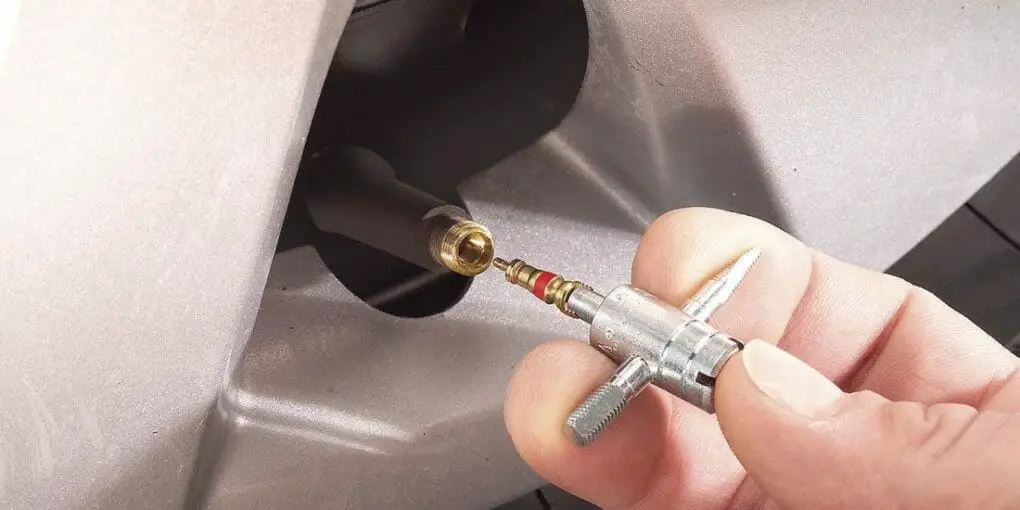
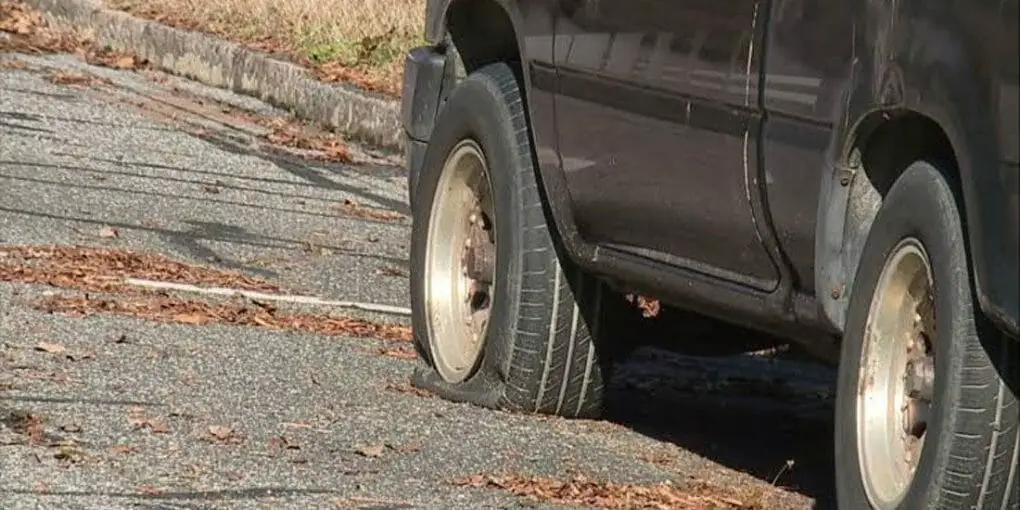

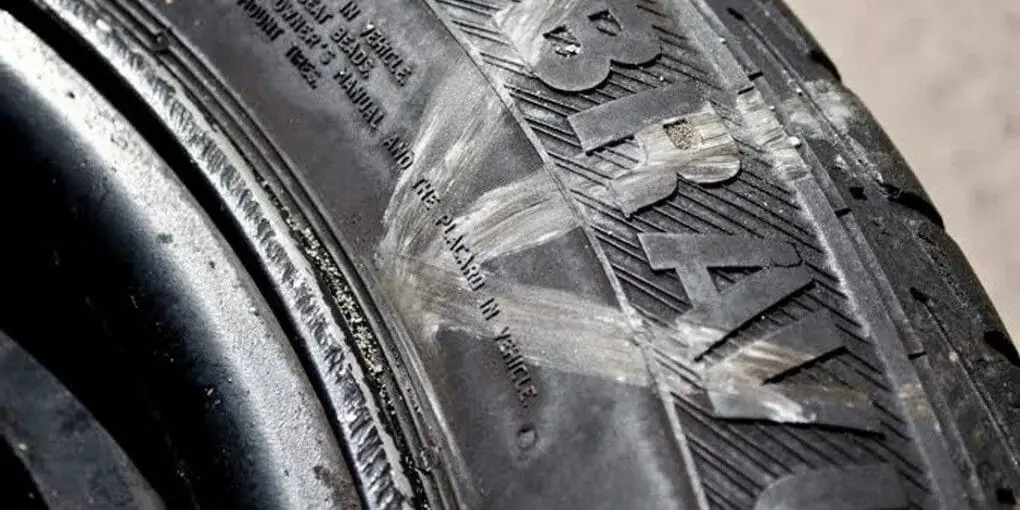
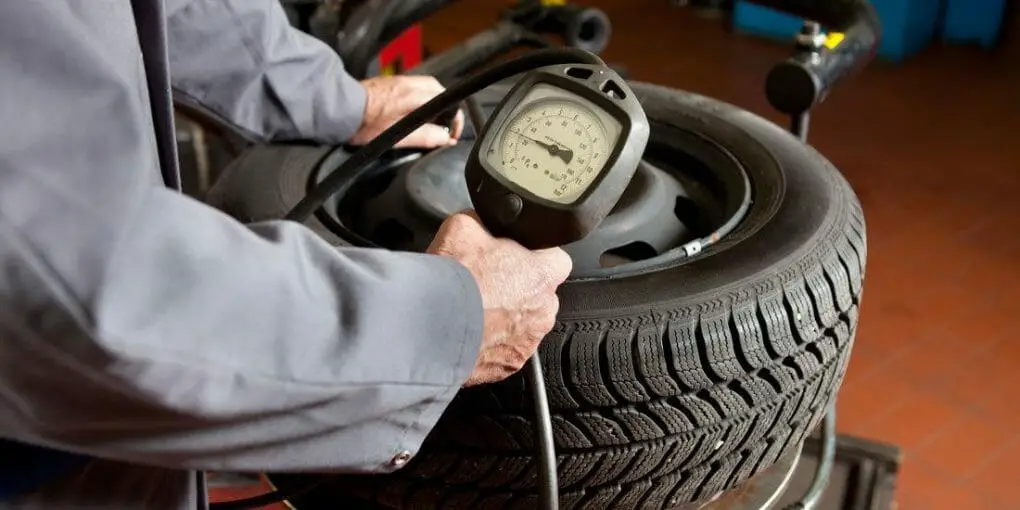

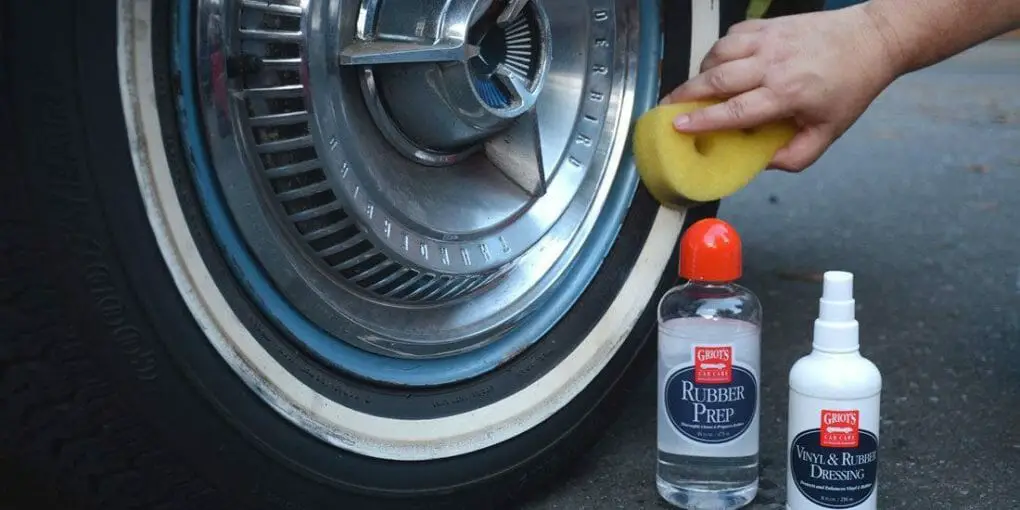

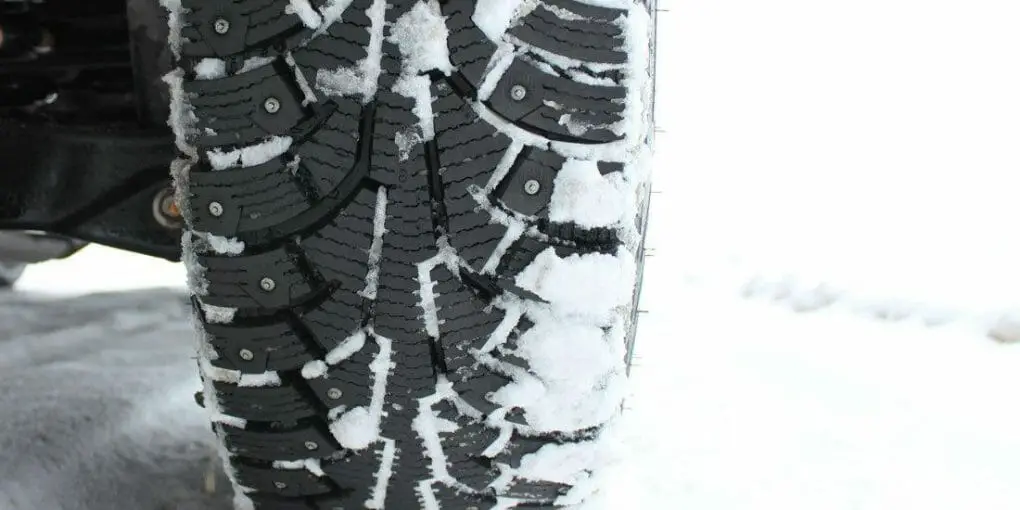

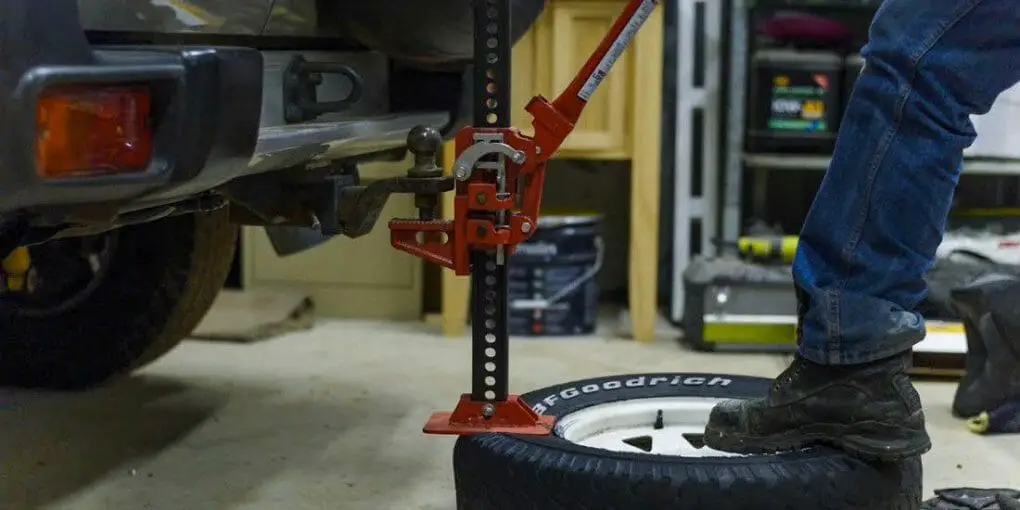

![How Bad Are Primewell Tires? [We Reviewed 5 Models] How Bad Are Primewell Tires](https://tirehubz.com/wp-content/uploads/2020/01/how-bad-are-primewell-tires-1020x510.jpg)
